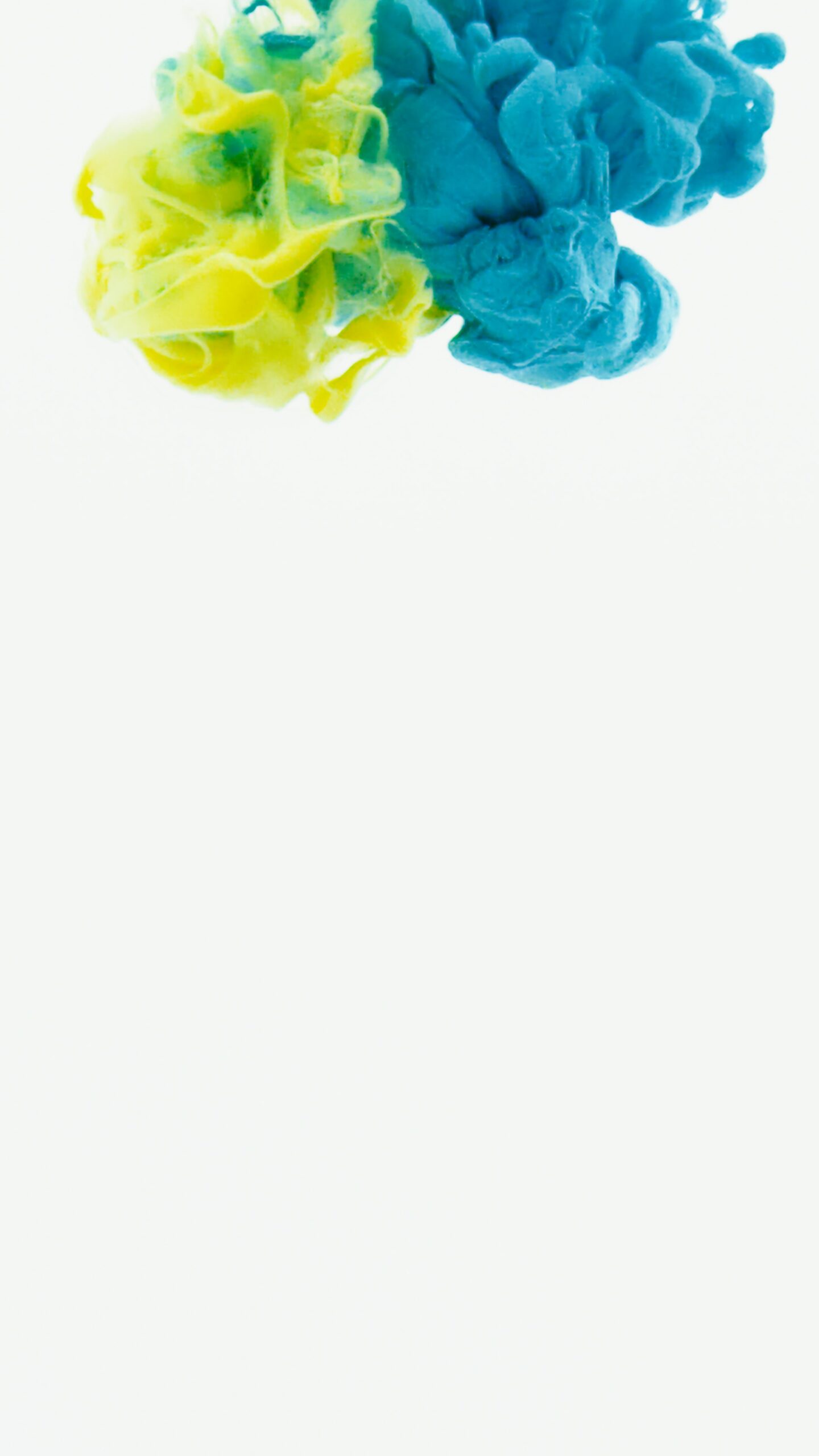The quaint, godly, and sloped lands of Uttarakhand have found a unique culture, a culture flourishing all the way from mythology to modernity. It is a unique blend of the urge to sustain and the urge to be in the vicinity of the divine that has made habitation possible here.
One aspect of their lives in the mountains is their belief in the intangible. The belief in the existence of otherwise scientifically non-existent divinities manifested in various ritualistic settings.
The argument that will be cardinal to this article is that certain regions of Uttarakhand have a presence of outra- religious settings within what Sociologists in India call the dominant tradition.
In this article, I have discussed one of the features of the Uttarakhand culture that mostly resides in the rural spaces.
Uttarakhand Culture: The propensities of the people
The native rural (sometimes even those who migrated to urban centres) dwellers in Uttarakhand run on materialistic fuel as much as they run on the spiritual. They tend to slant toward the purveyors of the spiritual than to that of medicine and science.
The world, in whose eyes the scientific credentials matter like diamonds to these very people it is a rock devoid of value.
The very act of possession(given that it is a small community setting) becomes the news of every household. Suppose you are suffering from an ailment, even of the biological kind. In that case, you will be hinged to the spiritual and the ghost of sundry categories, ranging from figures in Folklores to that from other communities.
The blend
One such outra- religious figure finding a place within the Hindu tradition is the ‘Pathan .’A surname widely used by the Muslim community in India, and some folks in one of the villages in Uttarakhand have residents that are the abode of this very spirit, not to mention their religious orientation being that of Hindu.
Attending one of the rituals of manifesting this spirit, I encountered the entire process. From gathering ‘Samagri’ or constituents to the actual possession, I witnessed all of it. Two priests( belonging to that lower caste Dom) started the possession by beating a miniature Dholak (Rudki) and a back side of a plate(thali).
The ritual begins with a highly exacerbated sound and lighting of incense and a lamp made out of wheat dough. The subject who was putatively possessed now began to show signs of an erratic, intense alternate personality, and it is this personality that was supposedly outra-religious that all the community members present started having their turns to wave the incense, in an attempt to revere it, in front of the subject.
The scenes are primarily ghastly, and the screams, you need to have a palette for it.
Co-existence: A prelude to harmony
One of the characteristics that may have become salient to you by now about Uttarakhand culture is the idea of co-existence. One thing can be said in this respect the confrontation between religions is the confrontation between humans hinged on their ideals mediated by historical circumstances. The ensconcement of one religion in the lap of another is not as uncommon as we think it is.
This entanglement does not undermine the legitimacy of one another; it is a story of co-existence. Is it high time we consider religion as the feat of human organization and not the feat of human conduct?
One particular instance of the blend does not solve the conflict, but it can indeed solve the problem of discourse, the problem of incognizance towards particulars that eventually lead up to the perspectives.
Religion is not stupid, there have been communities building an entire mode of existence (from morality to social relationships) out of them, and if we think that it is redundant and is no longer needed, we are just Spanish Conquistadors to the natives of South America and French to the Vietnamese.
Wonder what Jawaharlal Nehru said about Uttarkhand? Read: https://www.jstor.org/stable/4414935

